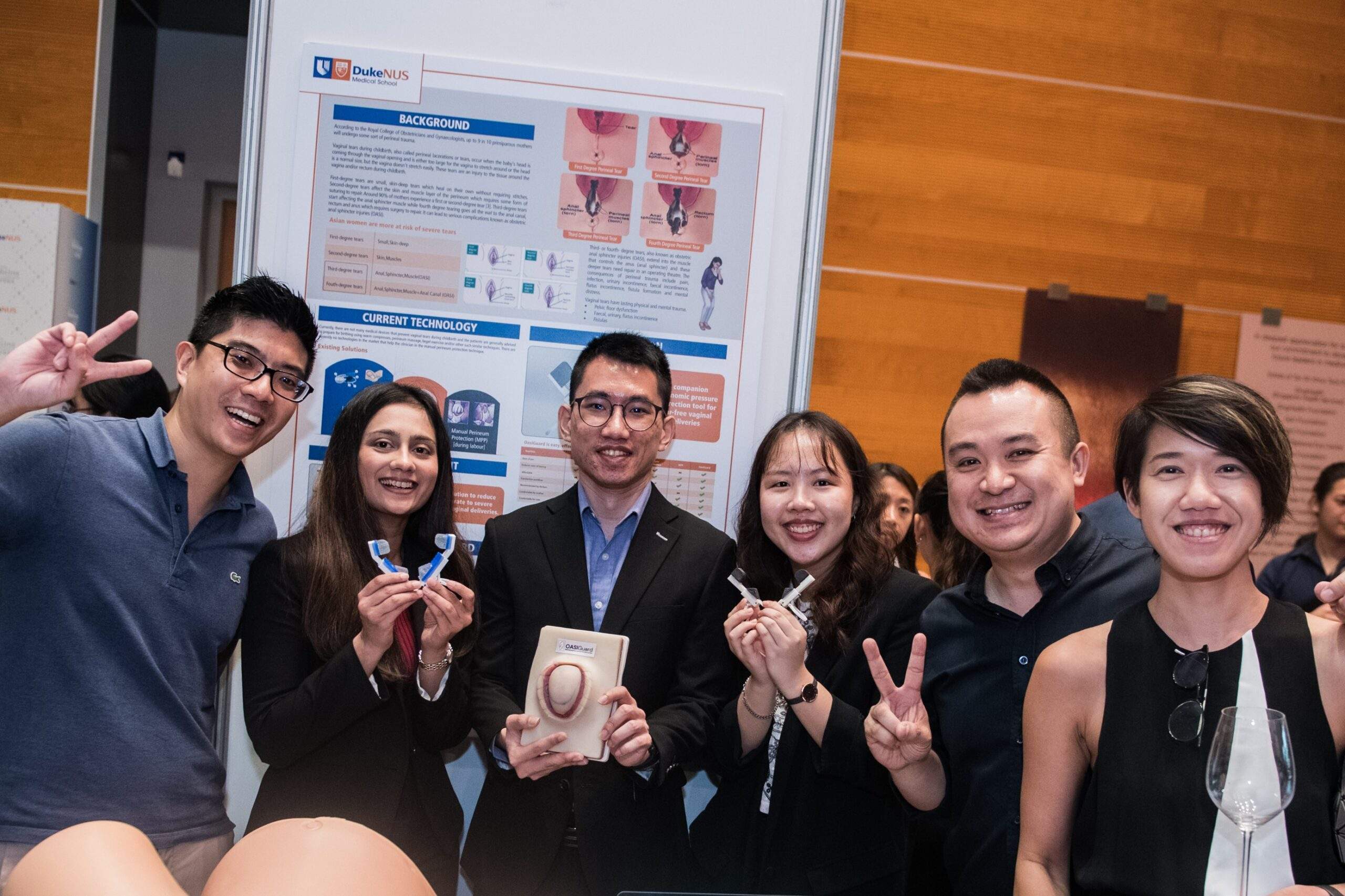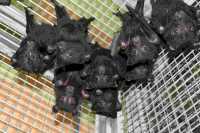Author Interviews, Genetic Research, Leukemia, Personalized Medicine / 12.11.2024
Duke-NUS Finds Genetic Variant in East Asians Makes CML Harder to Treat
MedicalResearch.com Interview with:
Professor Ong Sin Tiong
Cancer & Stem Cell Biology Signature Research Programme
Duke-NUS Medical School, Singapore
Dr Yu Mengge
Research Fellow, Cancer & Stem Cell Biology Signature Research Programme
Duke-NUS Medical School
MedicalResearch.com: What is the background for this study?
Response: The background of this study is rooted in the observation that certain genetic variations among East Asian populations, notably the BIM deletion polymorphism (BDP), impact treatment outcomes in chronic myeloid leukaemia (CML).
Patients with the BDP show resistance to conventional treatments, specifically tyrosine kinase inhibitors like imatinib. This resistance stems from the variant's role in promoting cancer cell survival, which leads to more aggressive disease progression. (more…)









